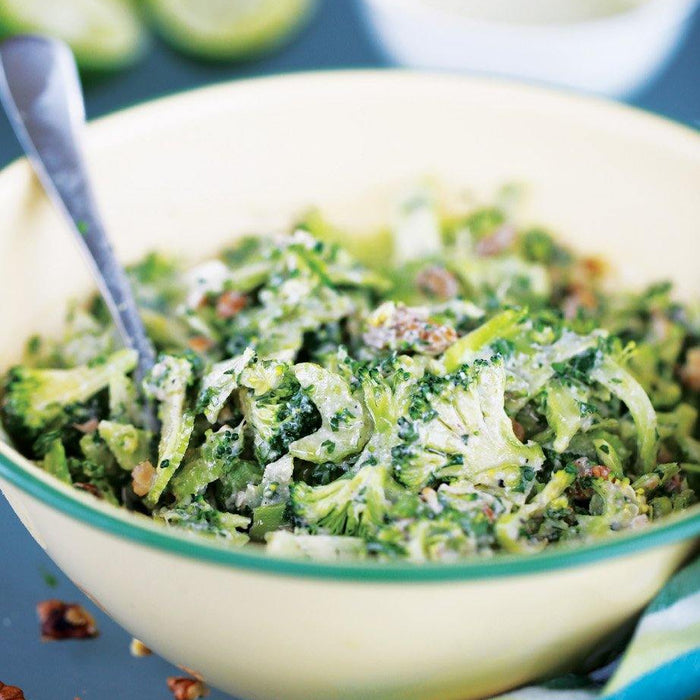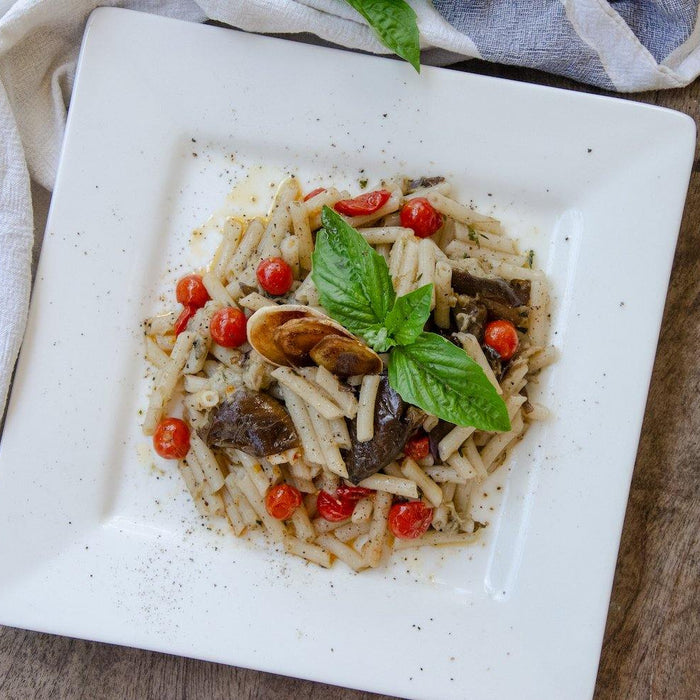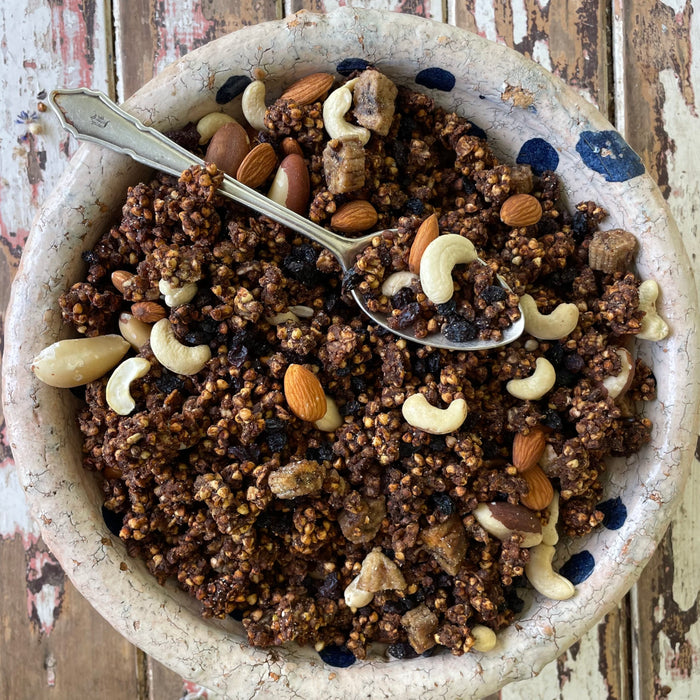It’s that time of the year again... Plastic Free July! Once again, it is time to talk about plastic pollution. The sad fact is that plastic pollution is responsible for 1.1 to 1.8 million metric tonnes of plastic waste entering waterways and oceans every year. It is estimated that 6.3 billion tonnes of plastic have been produced since the 1950s at a rate of 380 million tonnes a year and although there have been efforts made to reduce the plastic waste that enters the environment only about 9% is recycled worldwide...
There are many ways of implementing plastic reduction into our routines: using reusable cups and cutlery, shopping bags and bottles, learning to recycle correctly, supporting businesses that are proactive in reducing plastic usage, avoiding products containing microbeads, and participating in organised environmental ‘clean-ups’. However, there is one place where avoiding plastics seems almost impossible – in the supermarket. It seems that everywhere you turn food items are wrapped or stored in some form of plastic container, and while some of us have handy ways to reuse this packaging it would be even better to try and avoid it altogether.
A great way to reduce the amount of food packaging that we buy is to grow our own foods and then ferment, freeze and preserve them when you have an abundance. No matter how small or large an area you have in your home and garden, there is always a way to grow your own food.
Let’s start with those lucky enough to have a patch of lawn in their backyard. Just by toiling the earth and planting some seeds or seedlings and watering every few days, you could have your very own vegetable garden. Try growing tomato, corn, passionfruit, cucumber, spinach, beetroot, carrots, potatoes. Santos has the seeds and seedlings to get you started!
If you want to dive a little deeper many local libraries will supply you with the books you need to educate yourself about seasonality and what is needed to grow each variety. There are also seed libraries and community crop swap gatherings such as the Federal Exchange, where you can take home sachets of fruit and vegetable seeds, and in return when you harvest your crop, you save and dry some seeds and bring them back to the library for someone else.
For those who have more limited spaces like courtyards or verandahs, you can also grow your own vegies and herbs. Herbs such as sage, rosemary, thyme, dill, coriander, oregano and parsley all grow wonderfully in pots in well-lit areas such as this. Why not try a bay or curry leaf tree in a bigger pot? Vegetables that grow well in pots include cherry tomatoes and salad leaves such as lettuces and micro-herbs.
If you have no space to grow fruit or vegetables in pots or in the ground, there is also another solution. You can actually regrow vegetables from cuttings in shallow water in your kitchen windowsill. Currently, in my kitchen windowsill, I have a carrot top, two cos lettuces, an end of a celery bunch and two leeks ends sitting in water that have sprouted and are growing brand new vegetables. You just need to change the water every second day or so.
The wonderful thing about growing your own produce, apart from reducing the plastic waste is that once you'll soon have an abundance of one fruit or vegetables, you learn how to use them in many different ways and adapt meals to what is growing in the garden. It is so wonderful strolling out to the vegetable or herb patch and snipping off what is needed for dinner that night, knowing that you and your family are getting the freshest, most nutritious and environmentally sustainable produce there is.
Megan Lee
megan.lee@scu.edu.au
Instagram & Facebook - @meganlovingmeagain
Twitter - @MeganLeePhD






